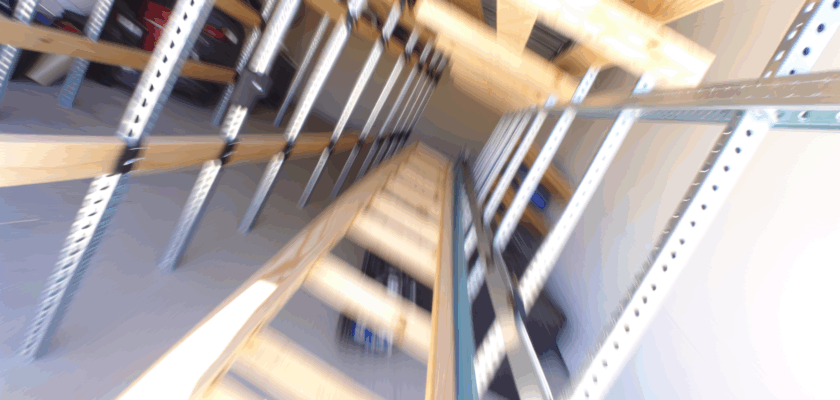When it comes to organizing your garage, building a sturdy and reliable rack is essential for maximizing space and keeping tools and equipment within easy reach. DIY enthusiasts often debate whether wood or metal is the better material for constructing garage racks. Both materials offer distinct advantages and challenges depending on factors such as durability, cost, ease of assembly, and aesthetic preferences. This article explores the strengths and weaknesses of wood and metal as materials for DIY garage racks to help you make an informed choice for your next project.
Comparing Wood and Metal for DIY Garage Racks
Wood has long been a popular choice for DIY projects due to its accessibility and versatility. It is relatively easy to cut, shape, and assemble using common hand tools, making it ideal for hobbyists and first-time builders. Wood racks tend to provide a warmer and more natural look, which some homeowners prefer in their garage spaces. Additionally, wood can be painted or stained to match existing décor, adding a personalized touch to your storage solution.
On the other hand, metal racks are often favored for their strength and durability. Materials such as steel and aluminum can support heavier loads without warping or sagging over time. Metal racks usually come with pre-drilled holes or modular components that allow for quick assembly and future adjustments. While working with metal may require specialized tools like drills or welders, the end product is typically more resilient to impacts, moisture, and pests compared to wood.
Cost considerations also play a role in material choice. Wood generally costs less upfront and is widely available at local hardware stores. However, metal racks can offer better long-term value through their longevity and lower maintenance requirements. Ultimately, the decision depends on your priorities for weight capacity, ease of construction, aesthetics, and budget.
Key Benefits and Drawbacks of Each Material
Wood’s primary benefit lies in its simplicity and adaptability. It can be easily customized to fit unique garage dimensions and design preferences. However, wood is susceptible to damage from moisture, which can cause rot or mold if not properly treated or sealed. Additionally, wood racks may require periodic maintenance such as sanding or repainting to keep them in good condition.
Metal racks excel in providing structural integrity and longevity. Steel and aluminum are resistant to cracking, bending, and insect infestation, making metal a reliable choice for heavy-duty storage. The main drawback is that metal can be prone to rust if not coated or maintained correctly, especially in humid environments. Moreover, the fabrication process can be more intimidating and time-consuming for beginners due to the need for specialized tools and safety precautions.
From an environmental perspective, wood is a renewable resource and can be sourced sustainably, though deforestation concerns should be considered. Metal, while often recyclable, involves more energy-intensive production processes. Both materials have their place depending on your environmental priorities. In summary, wood offers ease of use and customization, while metal provides strength and durability, each with trade-offs to consider when planning your DIY garage rack.
Choosing between wood and metal for your DIY garage rack depends largely on your specific needs and circumstances. Wood offers a cost-effective and customizable solution well-suited for lighter loads and simpler projects. In contrast, metal provides superior strength and durability, making it ideal for heavy-duty storage but often requires more skill and tools to work with. By weighing the benefits and drawbacks detailed above, you can select the material that best aligns with your garage organization goals and DIY capabilities. Regardless of your choice, a well-built rack will enhance your garage’s functionality and keep your space organized for years to come.

